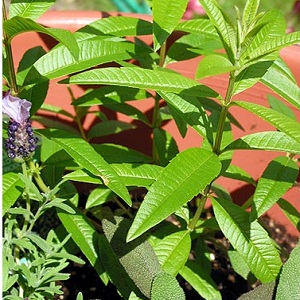How to Grow Lemon Verbena at Home

The Lemon Verbena is a well-known herb, discovered in South America by Spanish explorers who introduced it to the wider world. It grows into a large bushy shrub. It is a culinary herb which introduces a taste of strong citrus into the recipe. Lemon verbena is also used to make delicious tea that has a great aroma. It can easily be grown at home in small containers. Growing your herbs gives you the luxury of using them any time you need and want without rushing to the supermarket or relying on its supplies. Growing the herb is really easy. All you need to know is its soil, water and environment requirements and you soon be having your own regular stock of the herb.
Instructions
-
1
The best way to grow lemon verbena is to grow it through stem cuttings. Stem cuttings are readily available in garden centres and nurseries. You can also get stem cuttings from a friend who is already growing lemon verbena.
-
2
Prepare a pot for the herb. It is best to plant it in a pot because you will have to relocate it in the winters so a pot is most suitable. The herb is sensitive to frost. If you want to grow it for just one season, then you can grow it in the ground. Also if you live in a climate with no frost, the ground would be an ideal position.
-
3
Fill the pot with 2/3rd coarse sand and the other third with peat moss. Moisten the soil before placing the cutting into it. Initially, a 6 inch pot will be enough. As the plant grows, you can shift to a larger one with quality soil. Most lemon verbena plants grow up to 5 feet in containers, so a 14 inch pot should be enough.
-
4
As your grow the plant, take special care of its moisture needs. Water it regularly and keep the soil moist. However, do not soak up the soil. A drainage hole in the bottom of the plant can help with drainage. Place the plant on solid surfaces like concrete. If you place it on soil, the plant can outgrow the pot and hold roots in the soil underneath.
-
5
When frost arrives, cut the newer leaf and stem growth on the plant to conserve its energy through the period. Keep it on the windowsill for adequate sunlight. Harvest as you require. The leaves make great tea and the herb can be ground and added to meal recipes.


